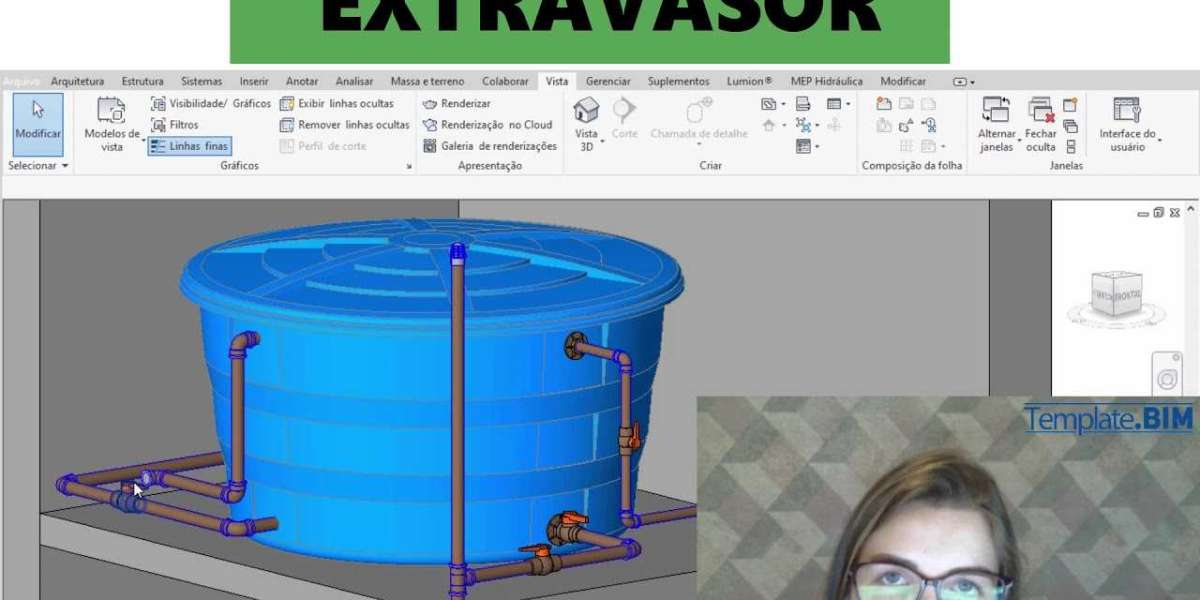This is where a Box Compression Tester comes into play. This device measures the ability of boxes to withstand compression forces during shipping and handling, helping manufacturers ensure the boxes will protect their contents under various conditions.
In this article, we will dive deep into how the Box Compression Tester works, its importance in packaging, and why it should be an essential part of any packaging operation.
What is a Box Compression Tester?
A Box Compression Tester is an essential tool used to evaluate the strength of corrugated boxes, cartons, and other types of packaging materials. It measures the force required to crush a box, simulating the pressure that packaging experiences during shipping, stacking, and storage.
The tester ensures that the packaging maintains its structural integrity and does not collapse or degrade under pressure. By assessing the compression resistance, manufacturers can identify design flaws in the box and make necessary adjustments before production.
Why is a Box Compression Test Important?
- Protecting Products During Shipping
Shipping products, especially fragile or heavy items, involves multiple handling and stacking processes. If a box is not designed to withstand compression forces, the product inside can get damaged. A Box Compression Testing helps manufacturers simulate these conditions to test whether the box can withstand the load without compromising the product inside.
- Ensuring Structural Integrity
Boxes are often stacked on top of each other during storage and transit. Without proper testing, a box could collapse under the weight of boxes stacked above it. By measuring how much pressure a box can endure, manufacturers can ensure that their packaging maintains its integrity and protects the contents from external forces.
- Compliance with Standards
Packaging materials must adhere to various international standards. A Box Compression Tester allows manufacturers to ensure their boxes meet these requirements, ensuring the packaging is strong enough to meet regulatory and industry standards.
Key Benefits of Using a Box Compression Tester
- Enhances Product Protection
The primary function of a Box Compression Tester is to protect the contents of the box. The more pressure a box can endure, the safer the contents will be during transportation. Manufacturers can optimize box design to prevent damage, improving customer satisfaction and reducing return rates due to damaged products.
- Cost-Effective Packaging
By using the Box Strength Tester, manufacturers can test multiple box designs and materials to find the optimal solution. This allows them to use the least amount of material while still ensuring strength and durability, thus reducing packaging costs.
- Quality Control Assurance
The Box Compression Tester plays a significant role in a company’s quality control process. It ensures that each batch of boxes produced can meet the required compression standards. This consistency in packaging quality helps reduce variability and ensures that customers receive products in optimal condition.
How Does a Box Compression Tester Work?
A Box Compression Tester operates by applying a controlled compression force to a box until it reaches a certain pressure level or collapses. The force is typically applied through two parallel plates that compress the box from top to bottom. The device then records the force required to cause the box to fail or deform.
The main parameters evaluated during the test include:
- Edge Crush Test (ECT): This measures the strength of the edge of the box and is a critical factor in determining the box's ability to withstand stacking pressures.
- Flat Crush Test (FCT): This evaluates the compression resistance of the box when subjected to pressure from above, simulating the weight of stacked boxes.
- Burst Strength Test: This test measures the point at which the box bursts under pressure, giving a clear indication of the maximum compression the box can handle.
Types of Boxes Tested Using a Box Compression Tester
The Box Compression Tester Price is used to evaluate a variety of box types, including:
- Corrugated Boxes: Used for most shipping and storage needs. The tester helps determine the ideal strength for boxes made from corrugated cardboard.
- Rigid Boxes: For packaging high-end products that require sturdier material.
- Fiberboard Boxes: Common in shipping, these boxes also need to be tested for compression resistance to ensure product protection.
Box Compression Testing: Applications Across Industries
- E-commerce Packaging
E-commerce businesses need to ensure that their packaging can withstand the rigors of transportation, from handling at distribution centers to delivery to consumers. Using a Box Compression Tester, e-commerce brands can ensure their packages are durable enough to withstand the many challenges of the shipping process.
- Food Beverage Industry
For food manufacturers, packaging needs to maintain freshness and integrity during transport. Boxes need to withstand various environmental pressures without compromising the contents. The Box Compression Tester ensures the packaging meets these standards, preserving food quality and reducing damage.
- Electronics and Consumer Goods
Fragile products like electronics need high-performance packaging. The Box Compression Tester ensures that boxes provide adequate protection against compression during handling, reducing the risk of product damage and enhancing customer satisfaction.
Conclusion: The Importance of the Box Compression Tester
In today’s highly competitive marketplace, product packaging plays a crucial role in ensuring the protection of goods throughout the supply chain. The Box Compression Tester is an indispensable tool that helps manufacturers optimize packaging design, reduce costs, and enhance product protection. By investing in a Box Compression Tester, companies can ensure that their products are safely delivered to customers without any damage, boosting customer satisfaction and brand reliability.
Contact Us:
- Email: [email protected]
- Phone: 8882149230
- Visit our website at pacorr.com for more details on our testing instruments.







